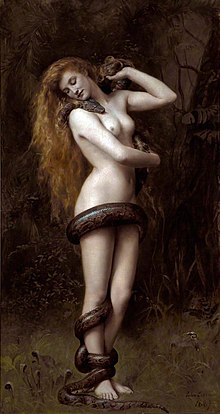The Demonic Sallie House Ep 5 – THE CONJURING GONE WRONG, While doing the conjuring ritual a real demonic attack was caught on tape, I lost my vision, and ended up the demons sigil scratched on my neck! During the Sallie House paranormal investigation, we decided to try to summon the demon Lilith using a ritual (the Lylet Mirror) from the The Munich Manual of Demonic Magic. This scary ritual is real and do NOT attempt to replicate this ritual in anyway! In the grimoire it gives a specific instructions on how to summon and conjure the Lilith demon using a mirror and by saying specific incantations.
The Lylet mirror ritual is extremely dangerous and can go wrong at anytime. By using the Lilith (Lylet) mirror it can result in demonic attacks, and possession, however it is reported in Munich Manual of Demonic Magic , that if the ritual is done right that the summoner will be able to see what specific crimes were done in the house. we thought it would be interesting to try in the Sallie House due to possible past crimes that could have occurred in the home.
Lilith (/ˈlɪlɪθ/; Hebrew: לִילִית Lîlîṯ) is a figure in Jewish mythology, developed earliest in the Babylonian Talmud (3rd to 5th centuries). Lilith is often envisioned as a dangerous demon of the night, who is sexually wanton, and who steals babies in the darkness. The character is generally thought to derive in part from a historically far earlier class of female demons (lilītu) in ancient Mesopotamian religion, found in cuneiform texts of Sumer, the Akkadian Empire, Assyria, and Babylonia.
In Jewish folklore, from the satirical book Alphabet of Sirach (c. 700–1000) onwards, Lilith appears as Adam’s first wife, who was created at the same time (Rosh Hashanah) and from the same dirt as Adam – compare Genesis 1:27. (This contrasts with Eve, who was created from one of Adam’s ribs: Genesis 2:22.) The legend developed extensively during the Middle Ages, in the tradition of Aggadah, the Zohar, and Jewish mysticism. For example, in the 13th-century writings of Isaac ben Jacob ha-Cohen, Lilith left Adam after she refused to become subservient to him and then would not return to the Garden of Eden after she had coupled with the archangel Samael.
Evidence in later Jewish materials is plentiful, but little information has survived relating to the original Sumerian, Akkadian, Assyrian and Babylonian view of these demons. While the connection is almost universally agreed upon, recent scholarship has disputed the relevance of two sources previously used to connect the Jewish lilith to an Akkadian lilītu—the Gilgamesh appendix and the Arslan Tash amulets.
In Hebrew-language texts, the term lilith or lilit (translated as “night creatures”, “night monster”, “night hag”, or “screech owl”) first occurs in a list of animals in Isaiah 34:14, either in singular or plural form according to variations in the earliest manuscripts. In the Dead Sea Scrolls 4Q510-511, the term first occurs in a list of monsters. In Jewish magicalinscriptions on bowls and amulets from the 6th century CE onwards, Lilith is identified as a female demon and the first visual depictions appear.
The resulting Lilith legend continues to serve as source material in modern Western culture, literature, occultism, fantasy, and horror.
About the Munich Manual of Demonic Magic
The Munich Manual of Demonic Magic (CLM 849 of the Bavarian State Library, Munich)  is a fifteenth-century grimoire manuscript. The text, composed in Latin, is largely concerned with demonology and necromancy.
is a fifteenth-century grimoire manuscript. The text, composed in Latin, is largely concerned with demonology and necromancy.
Richard Kieckhefer edited the text of the manuscript in 1998 under the title Forbidden Rites: A Necromancer’s Manual of the Fifteenth Century. Portions of the text, in English translation, are presented in Forbidden Ritesas well, embedded within the author’s essays and explanations on the Munich Manual in specific and grimoires in general. The book has yet to be published in translation in its entirety.
The post Lylet Mirror – Summoning a Demon Gone Wrong appeared first on livescifi.tv.
